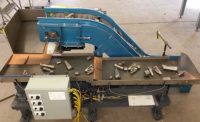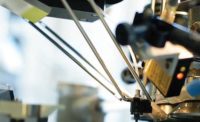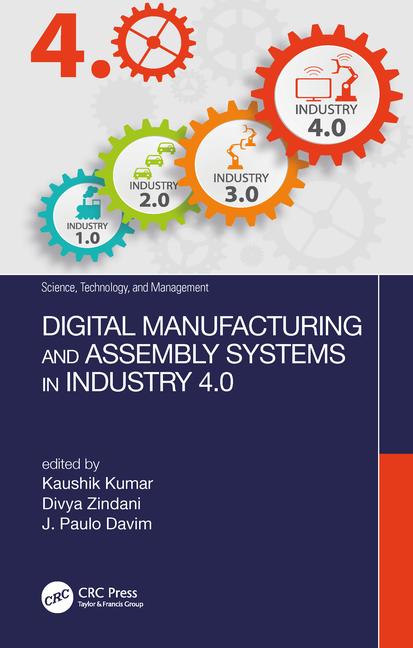Sometimes, the best assembly is no assembly. If a feature can be formed or created in a part—rather than added to the part on the assembly line—then that’s one less process step engineers have to worry about.
That’s one of the drivers behind insert molding, the process of molding or forming plastic parts around metallic parts or inserts. The inserted components are typically simple, such as threaded fasteners, posts, clips, contacts or bushings. In some cases, however, inserts can be as complex as a battery or motor.
The inserts are placed in the mold cavity before the molten plastic is injected. To maximize productivity and minimize scrap, that pick-and-place job is often done with a robot.
Recently, UK systems integrator RNA Automation Ltd. was contracted to design a robotic system to do just that. In this case, the insert is a metal terminal measuring 25 by 6 by 0.8 millimeter. The system inserts two terminals every 46 seconds.
The system consists of a stepped, vibratory bowl feeder with a polyurethane coating; a small outfeed conveyor, and a UR3 collaborative robot from Universal Robots. RNA chose the UR3 because it can handle small parts with precision and it can be used without machine guarding.
The vibratory bowl feeds and orientates the terminals. A non-accumulation station allows only one terminal at a time to transfer to the conveyor. The UR3 picks up a terminal from the conveyor and places it into a machined nest. When the nest is full, it is delivered to the molding machine, where a second robot picks and places the terminals into the mold.









